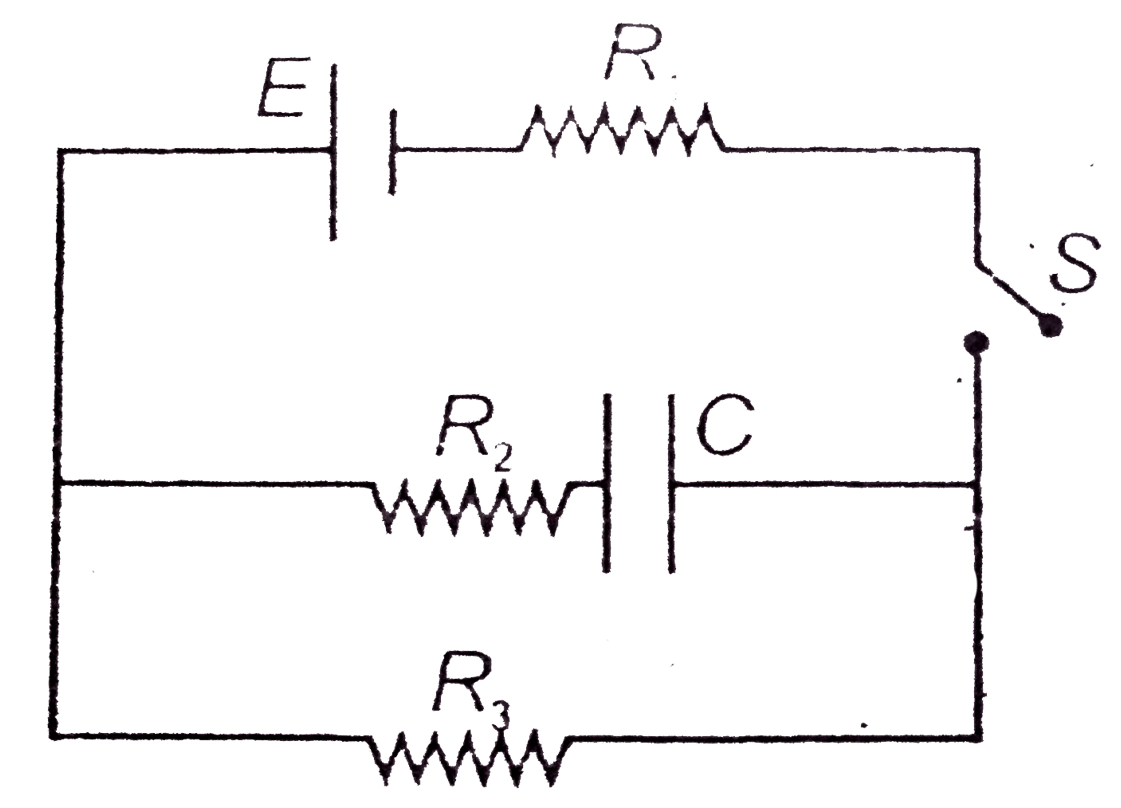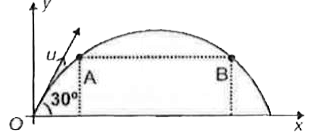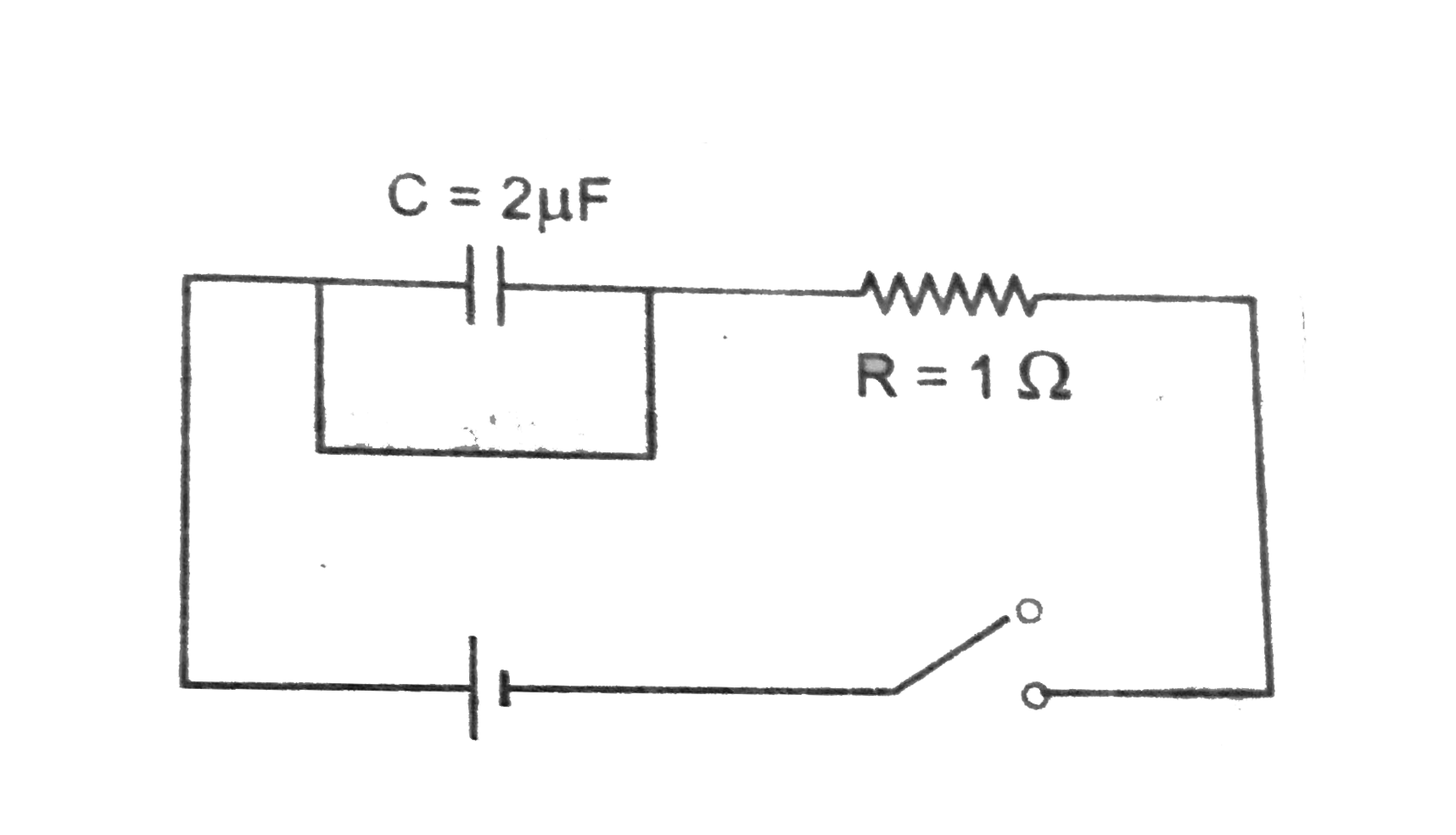The time constant of the circuit shown in figure is a 5 s b 10 sc 1/2 sd 0.1 s
Correct option: a 5 sExplanation:
Related Solutions
The time constant of the circuit shown in the figure is

View SolutionThe time constant of the circuit shown in the figure is
View SolutionThe time constant of the circuit shown in the figure is
View SolutionWhen ethyl acetate was hydrolyzed in the presence of 0.1 M HCl , the constant was found to be 5.40 xx 10^(-5) s^(-1) . But when 0.1 M H_(2)SO_(4) was used for hydrolyiss, the rate constant found to be 6.20 xx 10^(-5) s^(-1) . form these we can say that
View SolutionWhen ethyl acetate was hydrolyzed in the presence of 0.1 M HCl , the constant was found to be 5.40 xx 10^(-5) s^(-1) . But when 0.1 M H_(2)SO_(4) was used for hydrolyiss, the rate constant found to be 6.20 xx 10^(-5) s^(-1) . form these we can say that
View SolutionFind time constant of the circuit when (a) S is closed . (b) S is open.

View SolutionFind time constant of the circuit when (a) S is closed . (b) S is open.

View SolutionIn the circuit shown in figure switch S is closed at time t=0, which statement is true after one time constant of L-R circuit?

View SolutionIn the circuit shown in figure switch S is closed at time t=0, which statement is true after one time constant of L-R circuit?
View SolutionA particle is thrown with a velocity of u m/s. it passes A and B as shown in figure at time s . The value of u is (g = 10 m/)

View SolutionA particle is thrown with a velocity of u m/s. It passes A and B as shown in figure at time = 1 s and = 3 s. The value of u is (g = 10

View SolutionA particle is thrown with a velocity of u m/s. it passes A and B as shown in figure at time t_(1) = 1 " s " and t_(2) = 3 s . The value of u is (g = 10 m/ s^(2) )
View SolutionThe rate constant for the hydrolyiss of ethyl acetate in the presence of acid was found to be and for the hydrolyiss of ethyl acetate in the presence of acid , it was . form these observations, one may conclude that
View SolutionThe rate constant for the hydrolyiss of ethyl acetate in the presence of acid was found to be and for the hydrolyiss of ethyl acetate in the presence of acid , it was . form these observations, one may conclude that
View SolutionWhen ethyl acetate was hydrolysed in presence of 0.1 N HCl, the rate constant was found to be 5.40 xx 10^(-5)s^(-1) , But when 0.1 NH_2SO_4 was used for the hydrolysis, the rate constant was found to be 6.20 xx 10^(-5)s^(-1) . From these values we can say that
View SolutionWhen ethyl acetate was hydrolysed in presence of 0.1 M HCI, the rate constant was found to be 5.4 xx 10^(-5) s^(-1) . But in presence of 0.1 M H_2SO_4 the rate constant was found to be 6.25 xx 10^(-5)s^(-1) .Thus it may be concluded that:
View SolutionThe capacitive time constant of the RC circuit shown in the figure.

View SolutionThe capacitive time constant of the circuit shown in the figure is

View SolutionThe capacitive time constant of the RC circuit shown in the figure.
View SolutionThe time constant of charging of the circuit shown in figure is
View Solution